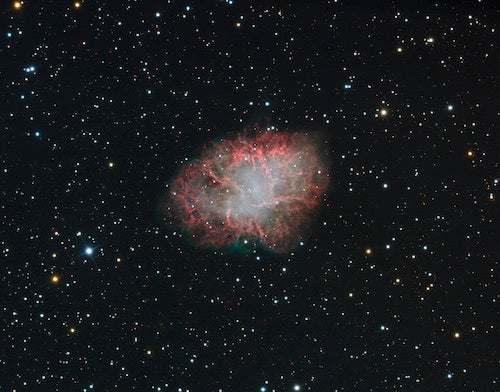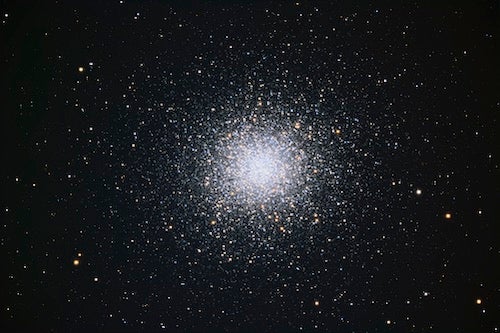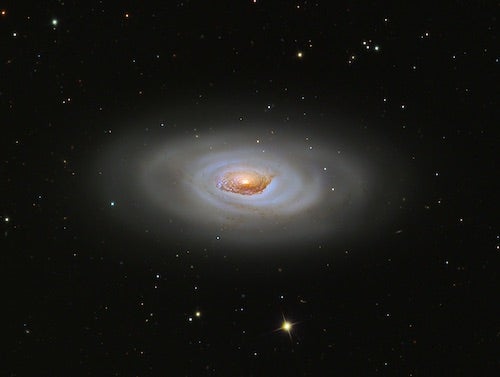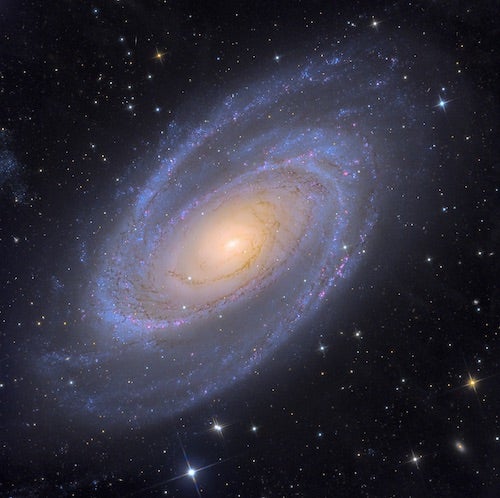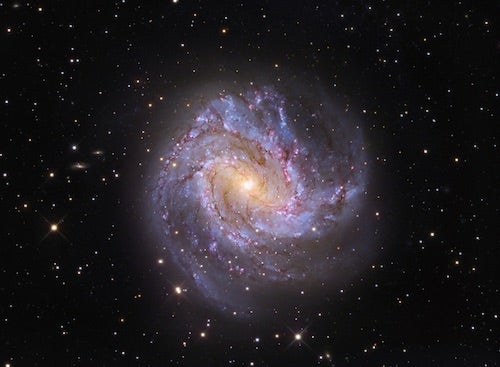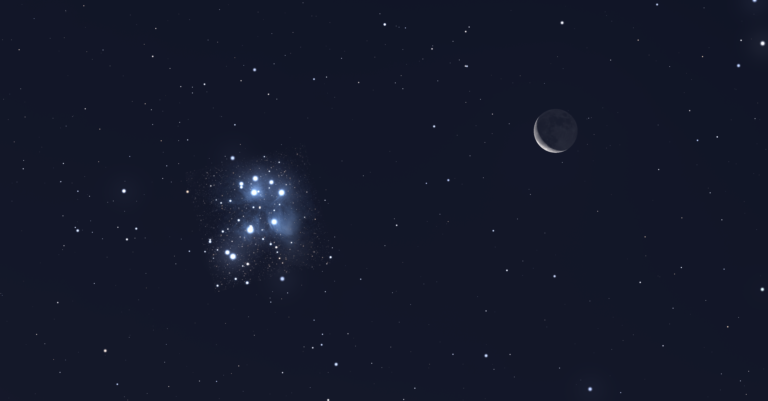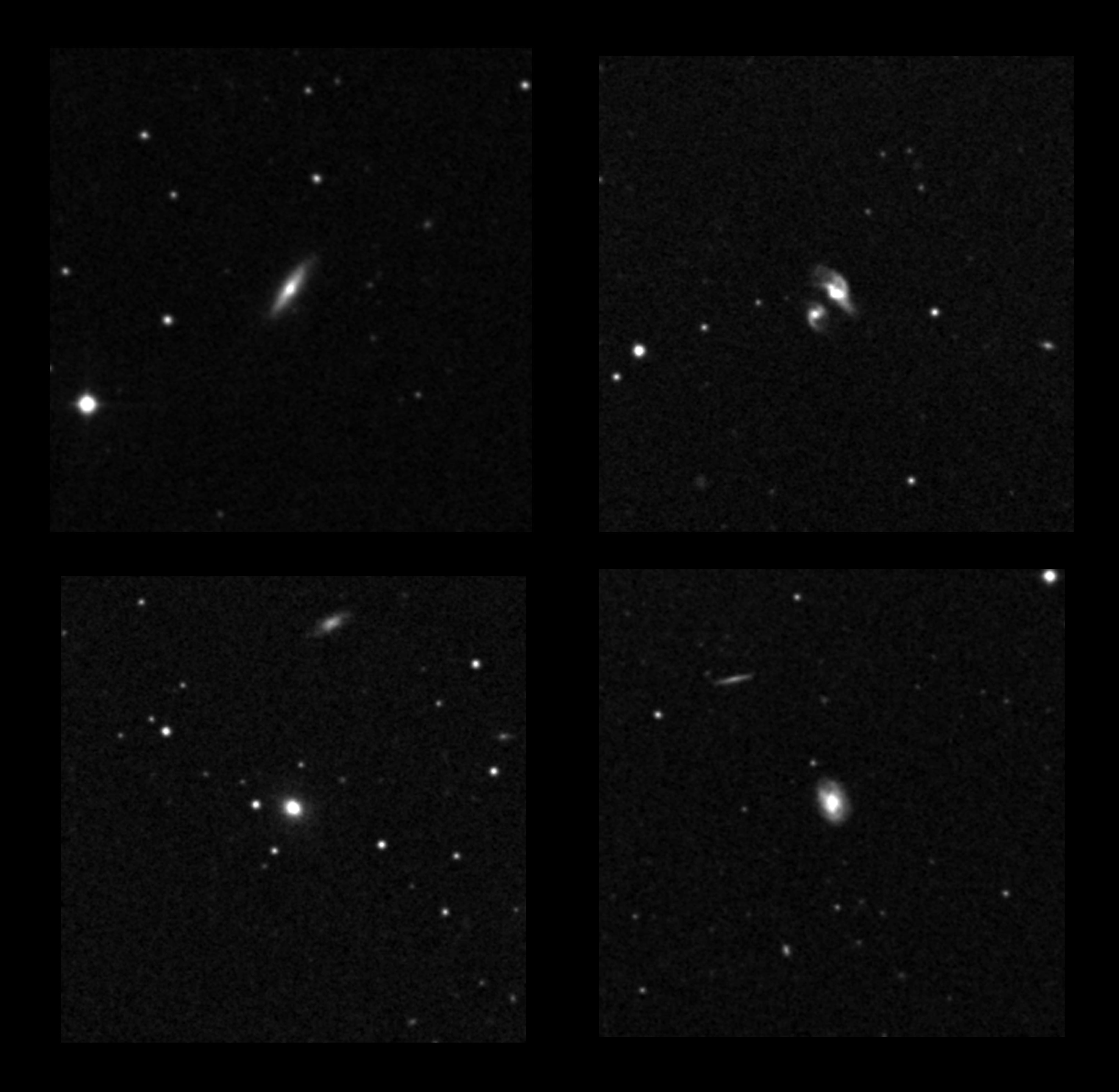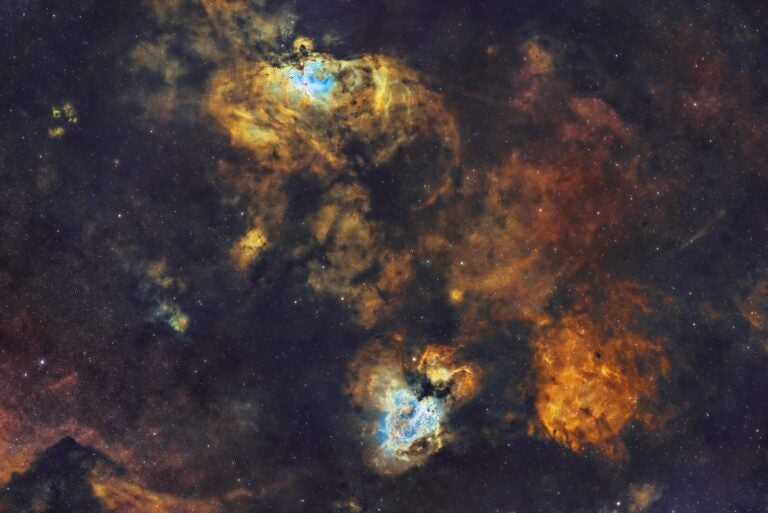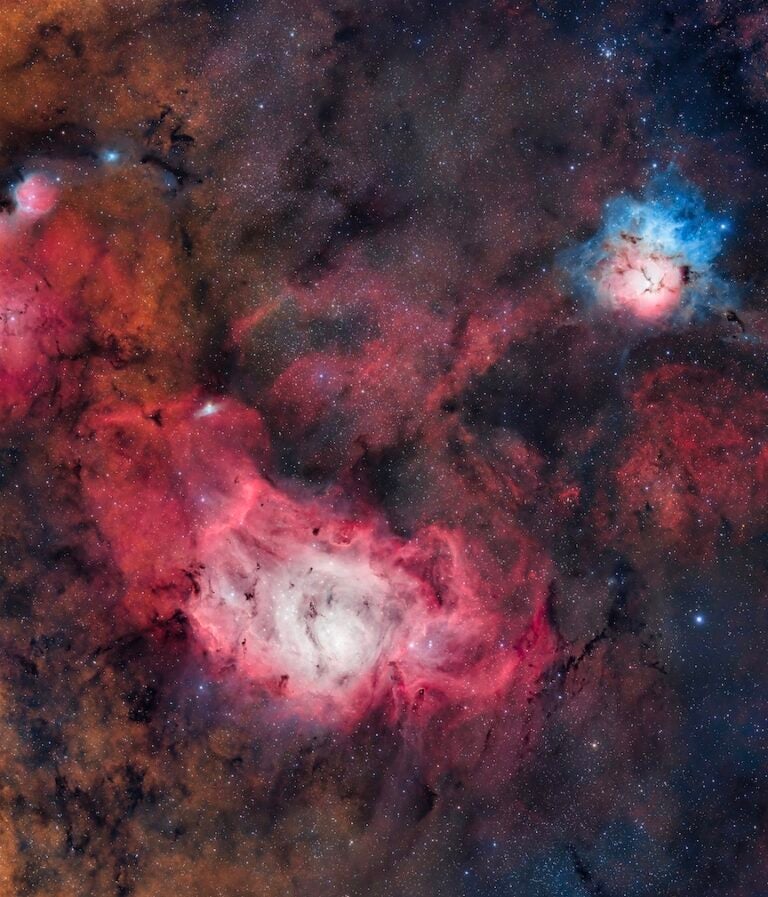On your mark. Get set …
Amateur astronomers across the world delight in the beginning of spring. Oh, sure, it means nights will be getting warmer (at least north of the equator), but, more importantly, the new season signals the start of the Messier marathon. Go!
Some history
Eighteenth-century French astronomer Charles Messier loved to hunt for comets. But as he tracked his prey, he occasionally would spot a fuzzy object through his small telescope. He’d get excited, thinking he had found a new comet, but then, after repeated observations, he’d notice the object didn’t move against the background of stars like comets did.
As you might imagine, this ticked Messier off. He worried that other observers — who weren’t as thorough with their follow-up observations — would report such sightings as comets. This frustration led him to create and publish a list of such “nuisance” objects, and he began to record his encounters with them.
In total, Messier discovered 41 of the objects — the most by any discoverer — through a variety of telescopes. Because all the instruments he used were small and of questionable quality, he found only large, bright objects. This works to the advantage of today’s observers, because even a medium-sized modern scope can really make these big objects pop.
Running the marathon
The 109 targets in Messier’s catalog are not distributed evenly across the sky. That’s good, because if they were, there would never be a time when you could see them all during a single night. Instead, one or more would always be too close to the Sun. Sagittarius holds 15 of the objects, the most of any constellation. Virgo is next (11), followed by Coma Berenices (eight), and Ophiuchus and Ursa Major (seven each).
Years ago, contributing editor Tom Polakis calculated the window of opportunity for a complete Messier marathon. He defined the beginning of the observing window as the date when globular cluster M30 in Capricornus is high enough to spot in a dark sky. Working with the premise that the object has to be at least at an altitude of 2° for observers to see it, Polakis calculated the Sun’s altitude at that time, as well as its distance from M30. On the evening end, the limiting object is spiral galaxy M74 in Pisces. The inability to see it through twilight’s glare defines the conclusion of the observing window. Polakis’ numbers are for Phoenix (33° north latitude), and they get more favorable the more southerly your observing site, particularly for M30. In this calculation, the season begins March 17 and ends April 3.
If you’re about to embark on your first marathon, don’t worry about such things. As long as you have a high-quality 3-inch (or larger) telescope, you can see all the Messier objects from a dark site on a night when the atmosphere is steady.

What we can learn from the life cycles of stars? Astronomy’s free downloadable eBook, Stars: The galaxy’s building blocks contains everything you need to know about how stars live, die, and change their galactic homes over time.
Why marathon?
After more than 30 years of Messier marathons, there’s one approach I’ve never tried: doing it alone. To guarantee you’ll enjoy the marathon, make it a social event. Every astronomy club with a dedicated cadre of observers schedules a Messier marathon. Hard-core amateurs hold it as close to New Moon as possible, whenever that falls in early spring. Most clubs, however, schedule their marathon for the Friday or Saturday night (or both) nearest New Moon.
In 2020, New Moon in March falls on Tuesday the 24th. Ideally, we’d go out that night and see all 109 objects. Many of us, however, must work the next day, so our best options become either the preceding Saturday, March 21, or the following Friday, March 27. Only because March 21 comes first, I suggest you aim for that date, and keep the 27th (or 28th) as your “bad weather” backup date.
Above all, a Messier marathon is meant to be fun — a time when observers come together with a common purpose. And, as an added bonus, being with a group might get you thinking about a new equipment purchase.
If you don’t see all the Messier objects this year, whether it’s due to your schedule or clouds, 2021 has no New Moon within the marathon window. You’ll instead have to wait for 2022, when New Moon falls on April 1 (no fooling). So, I wish you all clear skies this month.

